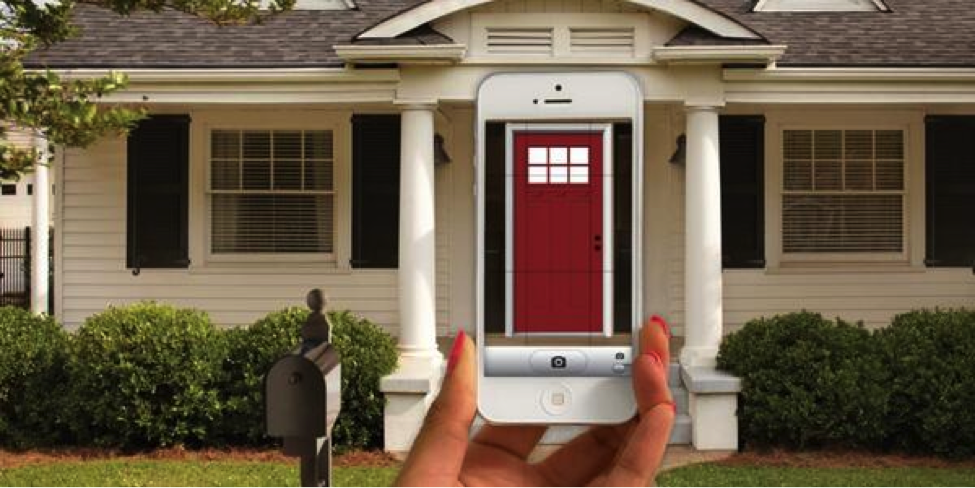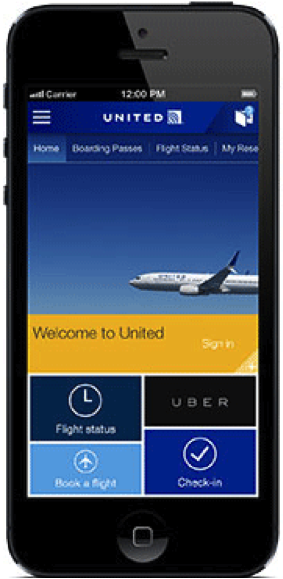By Ken Burke
Mobile apps are undeniably powerful tools for helping brands engage with their customers.
Fully 80% of the time consumers spend on Android and iOS devices is spent on apps, according to researcher Forrester. And apps accounted for 42 percent of 2014 mobile sales for top mobile retailers, according to the 2015 Internet Retailer Mobile 500 survey. The allure of having a direct portal to your brand right on the mobile devices of your most loyal customers sounds too good to pass up, and for some it may be.
Neiman Marcus, Kohl’s, and Victoria’s Secret derive more than 60% of their mobile revenue from apps, the Mobile 500 survey found. But direct sales aren’t all, apps can gain permission to gather a whole lot of contextual data that you can use to offer targeted, curated experiences to your customers. Having your own app means all that valuable data is yours for the parsing.
But before merchants race out and spend the time, energy and money involved in building a customized software application, they should do a little ROI soul-searching.
To start with, they should ask themselves whether anyone will ever use the application. After all, in May of 2015 there were 1.5 million apps offered on Google Play and 1.4 million available at the Apple’s App Store. That’s a pretty crowded field so its useful to set your expectations early and figure out whether it’s direct sales through your app or the data you can gather about your customers that matter to you most since the metrics for determining whether your app is a success could be vastly different.
With screen and memory space on mobile devices limited, competition is fierce, and not just from other retailers. Merchants considering building and maintaining an app need to bear a few things in mind before they get too far down that path.
Apps are not for everyone. Don’t expect your app will be all things to all customers. Only your most loyal customers are likely to go through the trouble to find, download, install and use your app, and only if it provides them a significantly easier experience than other options.
You’re still going to need effective desktop and mobile sites to generate and cater to the needs of new customers. But once customers are familiar with your brand, an offer to download an app to simplify specific repeated tasks with an integrated loyalty program may prove to be a customer service expectation.
Make your best customers’ existing tasks more enjoyable—researching product, mapping stores, ordering, paying, creating shopping lists and maintaining and sharing wish lists, help them access orders and reference previous purchases. What can your app do to facilitate or work into what mobile users are already doing on their phones: Email and texting, social media, search and location services.
Apps need to be “sticky.” The most effective apps are ones whose design, content and functionality provide users with a reason to come back again and again. Communications, gaming and messaging apps are particularly good at generating addictive use. Retailers seeking committed users need to ensure their app provides shoppers with something of value. Think outside the desktop toward unique mobile-enhanced experiences rather than just replicating what your web site does.
The success of the Starbucks app is directly related to its utility — it allows customers to pay with their mobile device and earn rewards points in the process. Paper coupons and physical club cards are things of the past. Apps that serve as delivery platforms for coupons, weekly ads, or other promotions can also be seen as valuable enough to occupy that prime real estate on a mobile device.
Walgreens has integrated prescription ordering by scanning barcode and photo-ordering-from-phone, as well as the ability to store and use coupons and access the Walgreens “card” to redeem saved coupons. They have also enhanced the app beyond shopping with pill reminders and rewards for logging healthy behaviors.
Mobile is more than a small desktop. When developing your app think, “What can only be done using a smartphone?” Home Depot, whose app is regularly among the top downloaded retail apps keeps pushing the envelope. They recently introduced a feature called Augmented Reality that allows customers to use their smartphones to see how products will look at home.
In addition to being able to access their 700,000 item inventory, buy in app, and pick-up in store, some products feature a “See this in your home” icon. Clicking will activate the “Augmented Reality” mode where you can place a virtual image of that product in context using your phone’s camera. You can even snap a picture to share via facebook, twitter or email.
Apps need to be promoted. Even the most innovative apps need to be aggressively promoted if they’re ever to be discovered by customers. Search engines are most likely to direct customers to your desktop or mobile web sites, not to the app store. It’s up to you to promote your app consistently and prominently across other brand touchpoints, including in email campaigns, in-store at POS and on your mobile website. Targeted advertising with 3rd parties should be part of your strategy.
Get in the game. Not sure you have the chops for such an undertaking? There are other ways to get onto the playing field, and you should:
- Identify most valuable app partners. Which companies are in the sphere of influence of your current and would-be customers? Evaluate the popularity, frequency used and time spent by users of their apps and forge some partnerships. How can your brand enhance what they already offer? The best will be complementary value-added associations such as those forged by ride-for-hire network company, Uber with United Airlines which allows car ride booking with the airline app.
- Engage your customers on the third-party apps/sites where they already are. Advertise your brand and mobile site’s capabilities with Google search, Google Maps, Facebook, and YouTube. These apps already have your customers attention when they are on their phones. Explore the use of ad networks and marketplaces, the best can be highly targeted offering proven ROI and metrics.
Despite the obstacles in developing an app with wide appeal, the opportunities they can offer in terms of their functionality, convenience and customer engagement merit a serious look by any merchant looking to stay as relevant as possible to their increasingly mobile shoppers.
About the Author:
Ken Burke is Founder and CEO of MarketLive, a leading eCommerce Software company enabling total commerce, Ken founded the company as Multimedia Live in 1995 with only $500 in start-up money, and under his guidance it has grown into a leading Total Commerce solution provider. Inspired by strategies and business methods from the cataloging and direct marketing world, Burke masterminded the creation of the MarketLive® Intelligent Selling® System, MarketLive’s enterprise-class e-commerce application designed to optimize all selling opportunities, build solid relationships with customers, and give merchants complete control over their online merchandising. A recognized e-commerce industry pioneer and visionary, Ken hosts frequent thought leadership events and is often quoted in Internet Retailer and other industry publications. A dynamic and popular speaker, he is a regular contributor at retail and direct marketing events. Ken is also the author of the book Intelligent Selling®: The Art & Science of Selling Online. He studied multimedia and the Internet at the University of Southern California, where he completed a BA in Marketing and earned honors as an MBA graduate in Venture Management and Entrepreneurship. For more information about MarketLive, please visit: www.marketlive.com and for more great content from Ken, please visit the MarketLive Blog- www.marketlive-blog.com






Recent Comments